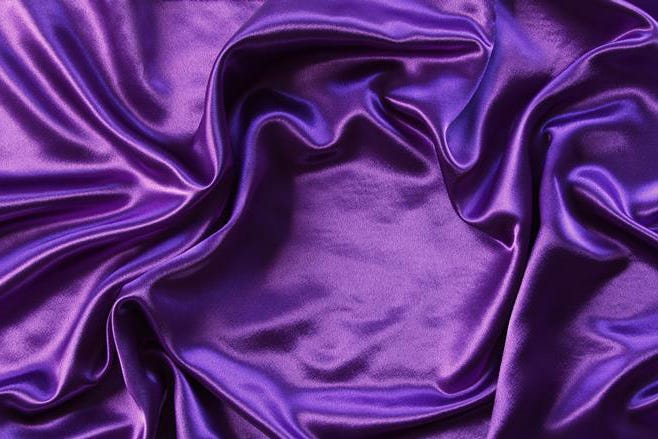Purple
Purple was something to die for. At least that was the case for millions of spiny murex sea snails. And then along came a scientist named William Henry Perkin.
“Purple” originally referred to what was known as “Tyrian Purple”, a dye extracted from the spiny murex sea snails found along the shores of the city of Tyre in ancient Phoenicia (modern day Lebanon). Each snail would yield only a few drops of the precious secretion. So as many as 10,000 snails were needed to pro…



